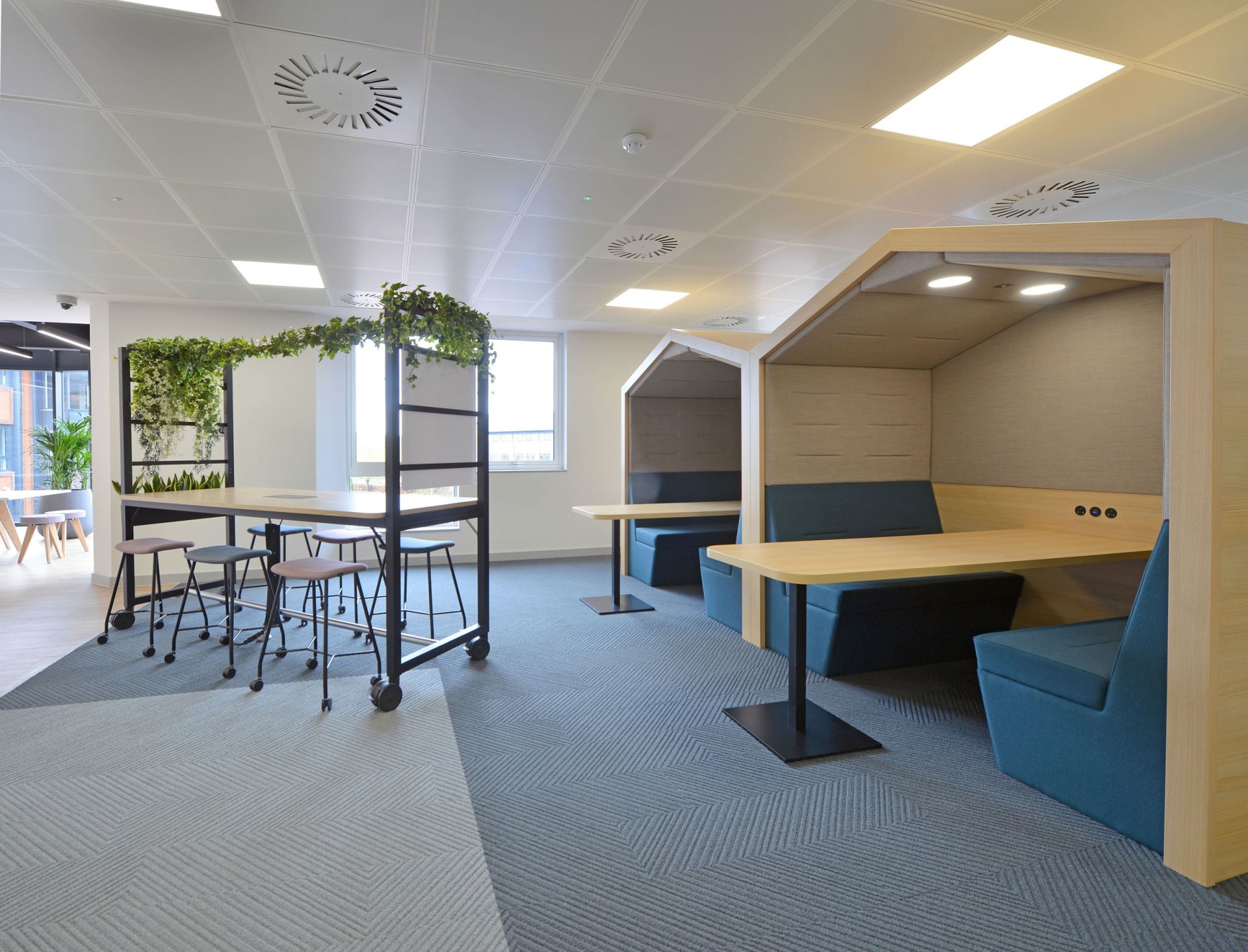
6 Steps to Make Your Hybrid Workplace More Inclusive
Across the globe, teams are settling into their new hybrid routines. Once a temporary measure, hybrid ways of working are now commonplace, a result of post-pandemic return-to-work procedures consistently favouring the hybrid model.
The hybrid model generally refers to employees choosing whether to work remotely or from the office as they see fit. This approach has a whole host of benefits, combatting the biggest contributing factors to The Great Resignation by offering greater work/life balance, physical and mental health benefits.
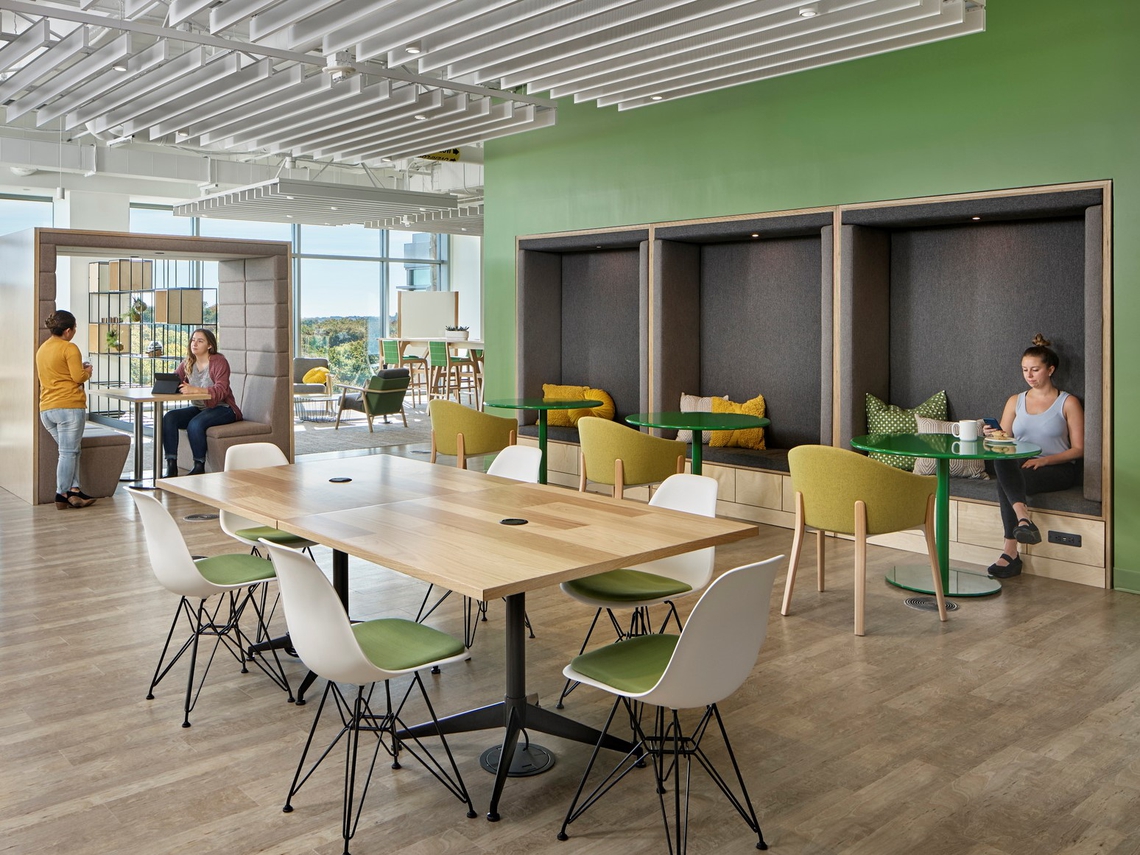
However, a hybrid office does have its drawbacks, not least that it destabilizes what was once a relatively simple-to-implement inclusivity strategy. So how can businesses implement an inclusive design for all while remaining hybrid? Read on for our seven top tips.
Inclusivity is key to having a high-performing workforce. Inclusive organizational cultures that foster trust and support their employees benefit from increased retention rates, collaboration and report higher job satisfaction. An inclusive workplace requires implementing a universal design and corporate policies that considers all colleagues, regardless of race, gender, religion, age and physical ability.
When considering a hybrid team, the playing field is uneven by design. With some members of the team are in the office and others at home, co-working spaces or coffee shops, members of staff will naturally have varying experiences of the working day. There is an increased risk that remote employees may feel left out of important decisions, events or conversations and that office-workers’ comfort and productivity could drop.
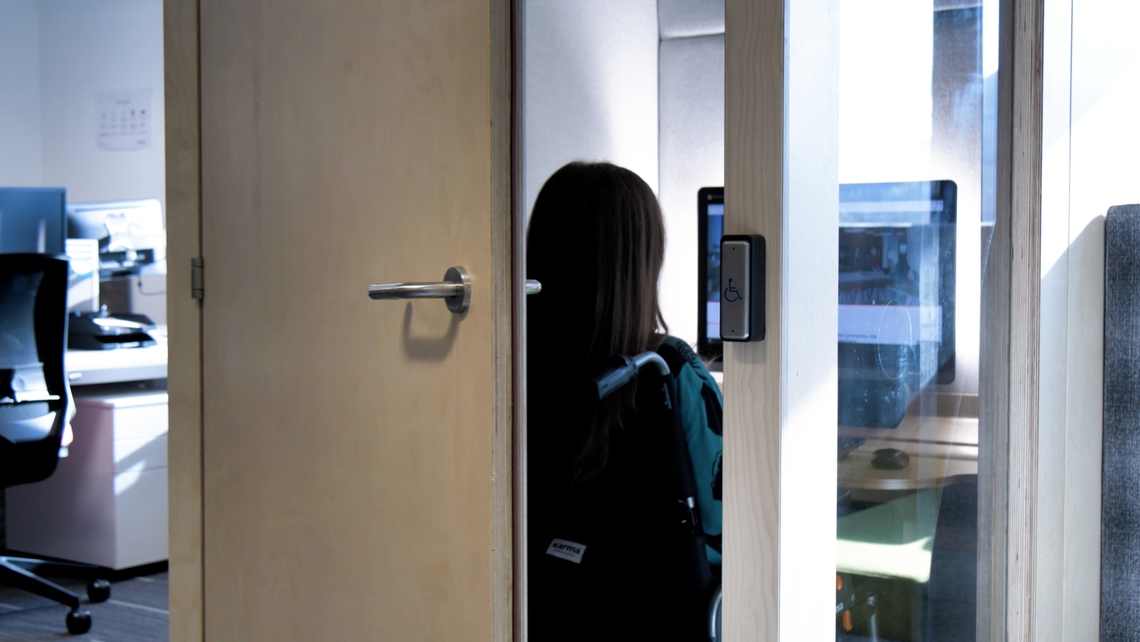
A McKinsey study found that over 75% of survey respondents that had been working a hybrid model over the last few years wished to retain it going forward. 71% went a step further and said they would seek opportunities elsewhere if their current employer stopped offering it. This is representative of a global workforce, with 63% of high-growth businesses using hybrid work models.
The hybrid model is here to stay, but for the majority of the working world a clear, comprehensive hybrid strategy is still lacking, with 72% of businesses reporting an absence of a clear hybrid-work strategy in AT&T’s Future of Work study. Without a clear strategy, inclusivity, performance, innovation and workplace culture is at risk.

Make sure to plan out how meetings attended by remote and office-based workers can work effectively. Sending an agenda out well in advance of the meeting will give all members an equal opportunity to prepare and raise questions. Using hybrid workplace solutions such as our Verandas is a great way to ensure all members of the team have a valuable meeting experience by offering soundproofing as well as technology to support video conference calls. This creates an opportunity for remote workers to experience face-to-face interaction with their colleagues and feel included.
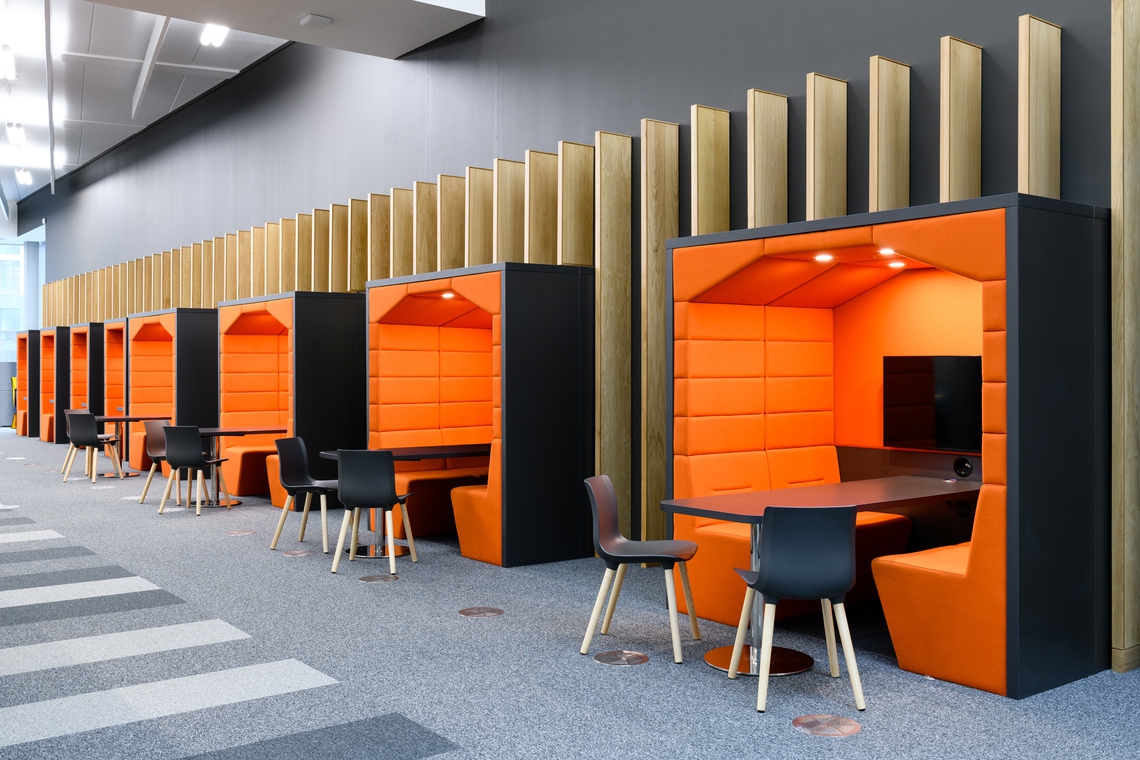
One of the biggest risks to the hybrid model is that remote employees feel as though they are no longer as embedded in their company culture and could therefore be looked over for promotions, development opportunities and wellbeing checks. Ensuring the team have access to their line manager regularly and blocking out space in the diary every day for impromptu chit chat is a great way to reduce the chances of feeling alienated. The Residence Connect is the only video pod designed from the ground up with every detail created to provide an optimal and inclusive video call experience, for all employees.
While the majority of the focus is on ensuring that remote-workers don’t feel disconnected, employees that come to the office may feel that they are missing out on all the benefits that come with working from home. Implementing an empathetic workplace design that emulates the home, implements biophilia and resi-mercial design is a great step to building a kinder, community-first office culture that can rival the comfort of remote work.
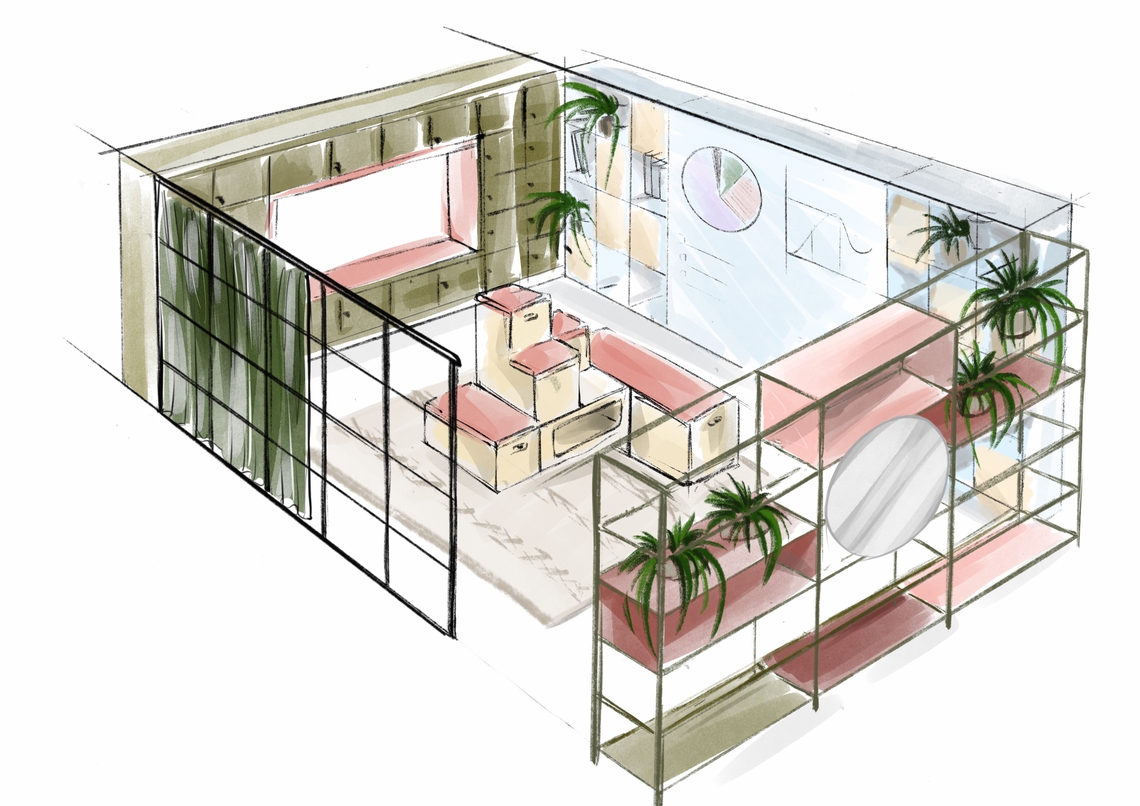
Hybrid working means that any amount of people could be in the office at any one time. A universal design ensures that all employees have equal access to facilities, even if they are rarely in the workplace. Modular and adaptable seating and desk solutions are a great way to ensure the office is able to welcome everyone. Agile locker systems such as our HotLocker are allocated on an individual basis, allowing attending members of staff to assign themselves a locker for a day using their phone. This system also has the ability to see who's working alongside who, based on the locker audit trail for greater hybrid working insights.
As one of the core reasons for keeping the physical office, when colleagues are in the workplace, it is vital that they feel included as part of a community. Creating activity-based zones increases the opportunity for socialisation – a key requirement for remote workers – and removing pre-allocated seats in favour of building office neighbourhoods allows opportunity for collaboration across departments and working patterns.
Experimenting with hybrid workplace solutions is a great way to make your team feel valued and included in key decisions, ensuring a truly inclusive workplace design. Gathering feedback and experimenting with a number of designs, layouts, furniture and piloting these design solutions allows leadership to gain a better idea of how to mesh the needs, desires and requirements of a diverse workforce. This is a great engagement exercise that can result in a truly universal design.
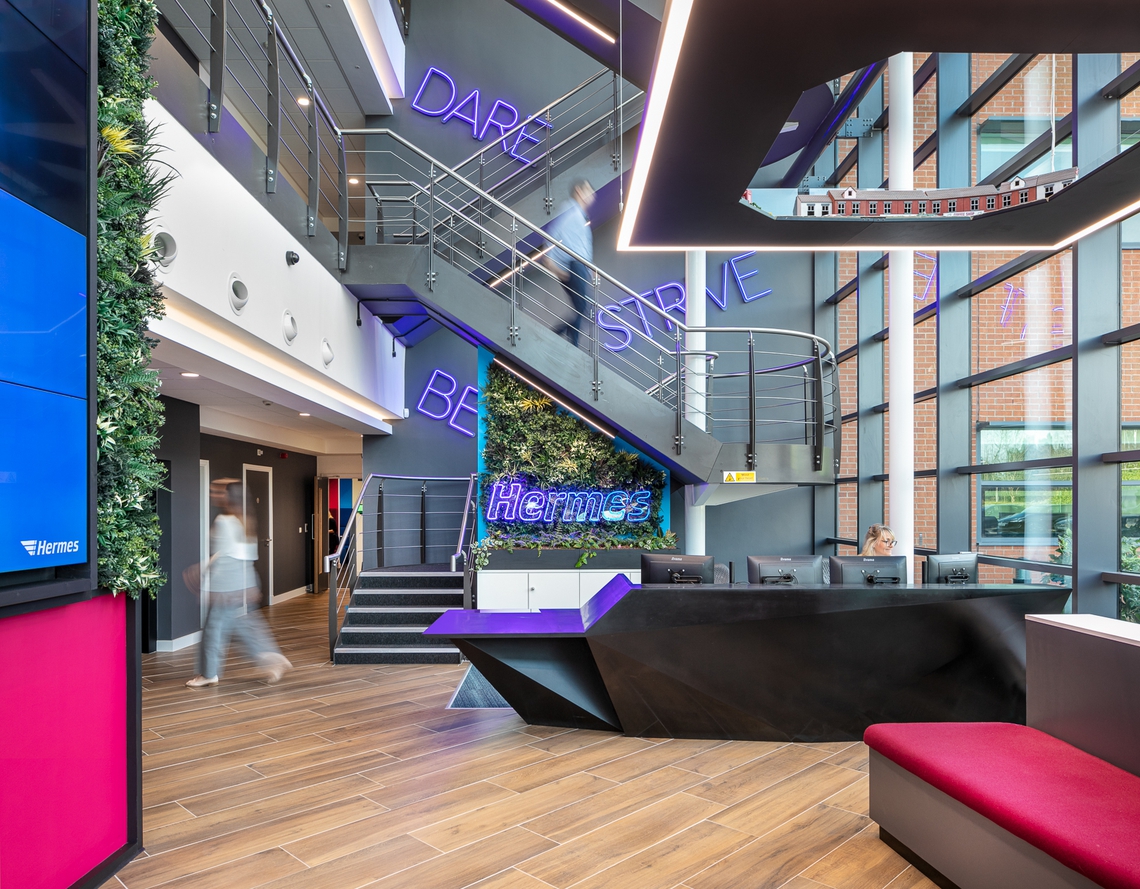
Need some more ideas and support on making hybrid working work? Watch our live panel discussion here.
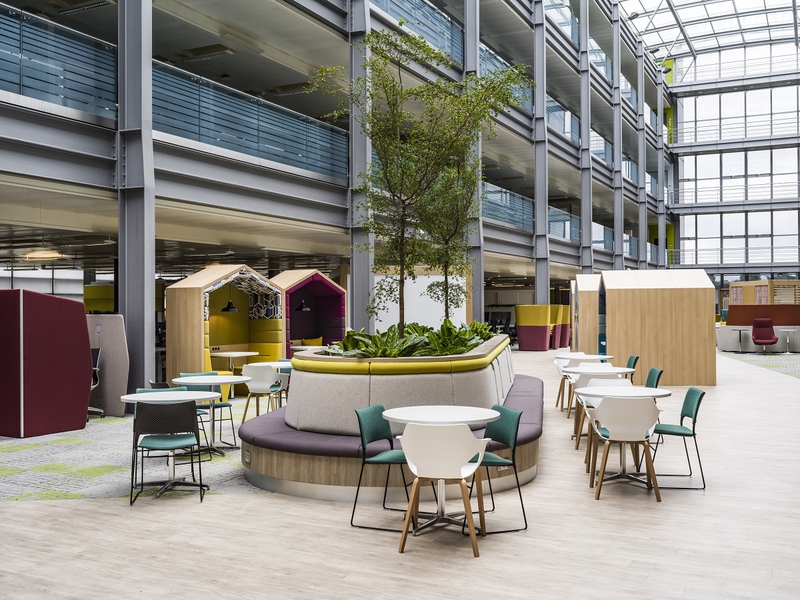


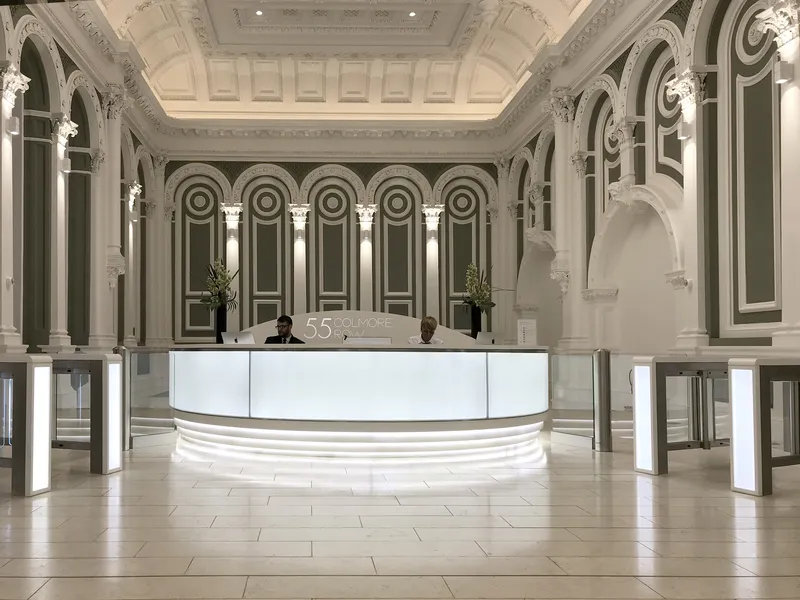
Maximising potential and a vast variety of working environments. A clean, professional design without stifling creativi…
REAL ESTATE
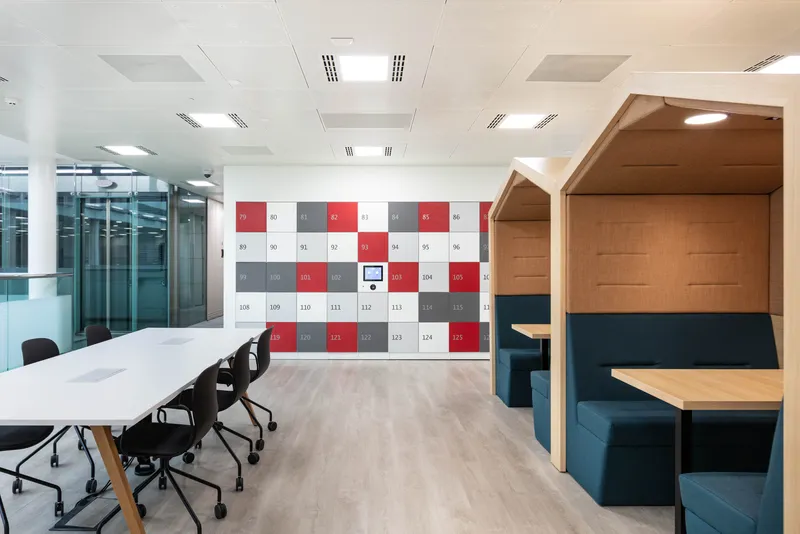
A flexible and collaborative working environment, with a soft and biophillic color palette for world-leading informatio…
TECHNOLOGY & IT